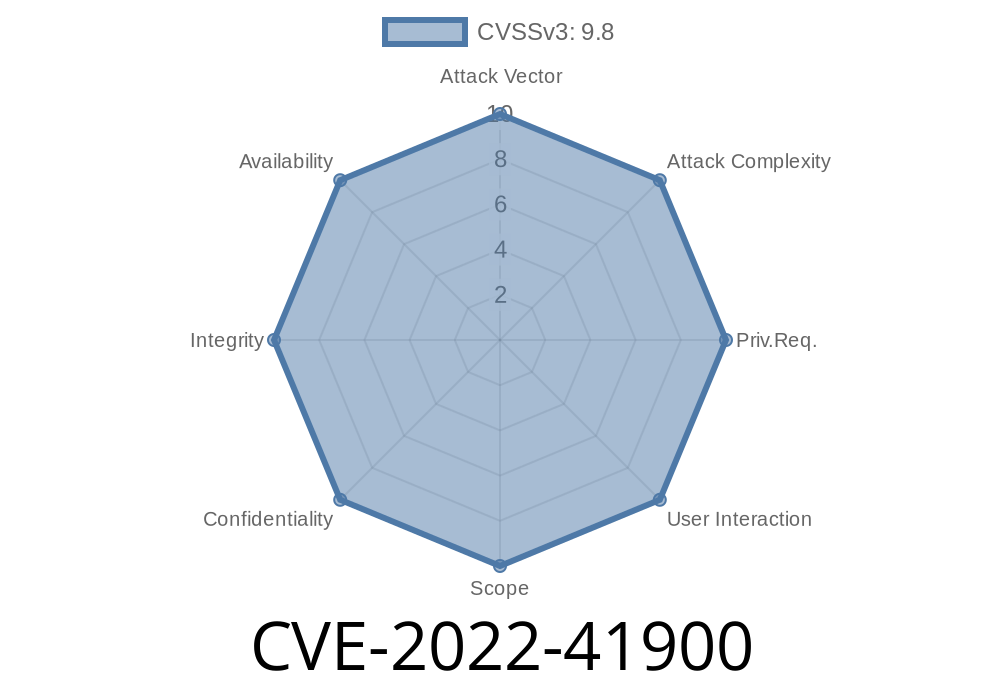TensorFlow is a widely used open-source platform designed for running complex machine learning algorithms and deploying AI models for a variety of applications - from computer vision to natural language processing. However, like any software, TensorFlow can be prone to security vulnerabilities that put users at risk. A recent vulnerability (CVE-2022-41900) has been discovered in the FractionalMax(AVG)Pool function, which could lead to potential risks such as unauthorized access to heap memory, crashes, or even remote code execution. In this post, we will discuss the details of this vulnerability and the steps taken to resolve it.
Exploit Details
CVE-2022-41900 refers to a security vulnerability found in the Fractional Max Pool and Fractional Average Pool functions of TensorFlow. The root cause of this issue is an illegal pooling_ratio that can be maliciously exploited by attackers using TensorFlow. The following code snippet demonstrates the problematic implementation:
def fractional_max_pool(value, pooling_ratio, pseudo_random=False, ...)
...
pooling_regions = math_ops.floor(input_over_pooling_ratio)
...
When an illegal pooling_ratio is used, it can result in pooling_regions larger than it should be. Consequently, attackers could potentially access heap memory that is not under the user's control, leading to application crashes or even remote code execution. This poses a significant security risk, particularly in scenarios where TensorFlow is used as a shared service with multiple users.
As a responsible and proactive open-source project, the TensorFlow team has taken steps to remediate this issue quickly. The following GitHub commit references the patch that addresses this vulnerability: 216525144ee7c910296f5b05d214ca1327c9ce48.
The patch modifies the pooling_ratio validation process and adds an exception to handle illegal pooling_ratio values:
if pooling_ratio <= 1.:
raise ValueError("pooling_ratio must be > 1.")
This simple change effectively ensures that illegal pooling_ratios cannot be used and, therefore, eliminates the security vulnerability.
Resolution and Upcoming Releases
The patch that addresses CVE-2022-41900 will be included in TensorFlow version 2.11., which is expected to be released soon. Additionally, the TensorFlow team plans to cherry-pick this commit into version 2.10.1 to ensure that users relying on the 2.10.x branch also benefit from this important security fix.
Conclusion
Software security vulnerabilities such as CVE-2022-41900 are an unfortunate reality, but the TensorFlow team is committed to addressing issues quickly and efficiently to ensure the highest level of protection for their users. By patching this specific vulnerability and providing a clear resolution path, TensorFlow users can have confidence in the platform's continued reliability and security moving forward. Regularly updating your TensorFlow installation is an essential best practice to minimize your exposure to potential security risks. Moreover, users can contribute to the project's ongoing security and stability by reporting any issues or concerns they discover.
Timeline
Published on: 11/18/2022 22:15:00 UTC
Last modified on: 11/23/2022 13:35:00 UTC
